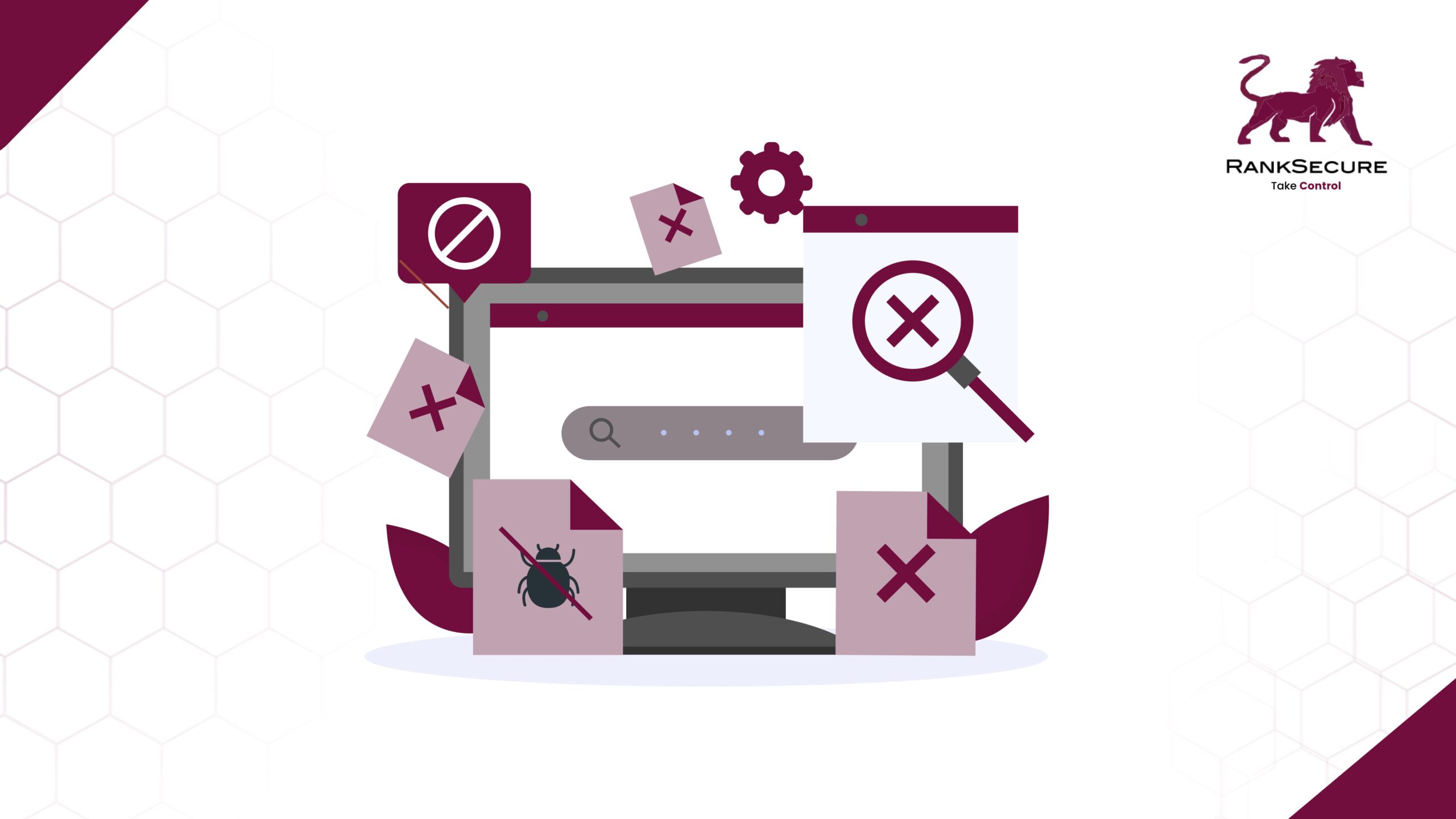How To Utilise Smart IT Power Management Analytics For Power Efficiency and Hardware Health
In today’s data-driven world, even your organisation’s IT infrastructure can benefit from the power of analytics. Smart IT power management systems are no longer only about optimising energy usage; they have emerged as game-changers, leveraging advanced analytics to achieve a double win: increased power efficiency and improved hardware health.
This blog aims to explore the potential of smart IT power management systems and the key metrics that can help you measure your organisation’s success in power efficiency and hardware health.
Understanding Smart IT Power Management Systems
Smart IT power management systems seamlessly incorporate real-time monitoring, cutting-edge data analytics, and progressive predictive modelling to not only govern your organisation’s power consumption but also safeguard the optimal health of its IT hardware. These systems go beyond conventional energy management methods by using smart algorithms and machine learning. This empowers you to make insightful decisions, proactively resolve potential issues, and optimise resource allocation for optimal efficiency.
This translates to significant benefits for your organisation, including:
Reduced energy costs
Extended lifespan of IT devices
Minimised downtime and disruptions
Contribution to a sustainable IT environment
How do smart IT power management systems achieve these benefits? The answer lies in data and analytics. These solutions collect and analyse a wide range of data points related to your organisation’s IT infrastructure, offering valuable insights into its efficiency and health.
Extracting Insights Through Data Analytics
By adopting smart IT power management systems into your organisation’s processes, you can leverage diverse data acquisition methods to compile a holistic overview of your IT environment. This extensive data stream undergoes thorough analysis that you can use for various productive purposes:
Real-time Monitoring and Optimisation You can leverage analytics to conduct real-time monitoring of power consumption throughout your IT environment, thereby, gaining insights into how energy is utilised at any given moment. This can help you make on-the-fly adjustments and optimisations for efficient power allocation, reducing waste and cutting down operational costs.
A study has revealed that you can reduce 30% of your organisation’s energy consumption by building smart energy management systems.Predictive Analytics for Proactive Maintenance You can use predictive analytics to predict potential hardware issues before they become serious. This can help you schedule maintenance and replacements strategically, reducing downtime and extending the life of critical hardware components.
Studies suggest that predictive maintenance can reduce your organisation’s equipment downtime by up to 50% and increase overall equipment effectiveness (OEE) by 10-15%.Optimised Efficiency Automated tasks like cleaning up browser cookies and system temp files, defragmenting, creating restore points, repairing files, and flushing DNS cache ensure your PCs operate at their best. This not only enhances sustainability but also extends the lifespan of critical IT assets.
Data-Driven Decision-Making for Continuous Improvement Analytics can help your organisation spot trends, locate inefficiencies, and improve its power management strategies. Consequently, you can make targeted improvements, adjust operational settings, and keep optimising your IT infrastructure.
Cost Savings and Environmental Impact You can utilise analytics to optimise your processes and minimise power wastage, leading to reduced costs.
According to a study, organisations that implemented predictive maintenance strategies achieved a 25% increase in productivity and a 30% decrease in maintenance costs.
Simultaneously, you can enhance hardware lifespan thereby reducing replacements, lessening e-waste, and promoting a more sustainable IT environment.

Key Metrics for Measuring Success
Smart IT Power Systems can help your organisation leverage data analytics to provide valuable insights through various key metrics that can be categorised into two primary areas:
Power Efficiency Metrics
Power Usage Effectiveness (PUE)
PUE is a ratio that measures the total energy consumed by your organisation divided by the energy consumed by your IT devices. A lower PUE (ideally closer to 1) indicates higher energy efficiency, demonstrating effective power utilisation within the IT infrastructure.
Energy Cost per Performance Unit
This metric helps you calculate the cost of energy per unit of your organisation’s IT performance, such as transactions processed or data transferred. It can provide a cost perspective on how efficiently your organisation is utilising energy to deliver IT services, aiding in your budgeting and optimisation efforts.
Hardware Health Metrics
Mean Time Between Failures (MTBF)
MTBF measures the average time a hardware component in your organisation operates before experiencing a failure. A higher MTBF suggests greater hardware reliability and longevity, indicating a lower likelihood of unplanned downtime.Failure Rate
The failure rate represents the frequency at which your organisation’s hardware components fail within a given timeframe. A lower failure rate indicates better hardware health and reliability, reducing the need for frequent replacements.
Predictive Maintenance Accuracy
This metric assesses how accurately the system’s predictive analytics identify and predict potential issues in your organisation’s devices. High accuracy in predictive maintenance reduces unexpected downtime, improves hardware reliability, and extends lifespan.
Combined Metrics
Overall System Efficiency
This metric can help you evaluate the combined efficiency of power utilisation and hardware health, offering a holistic view of your organisation’s system performance. It provides a comprehensive understanding of how well the Smart IT EMS is balancing power efficiency with hardware longevity.
Carbon Footprint Reduction
This metric is useful in measuring the reduction in your organisation’s carbon emissions, achieved through improved power efficiency and reduced hardware replacements. It can help your organisation align with sustainability goals and showcase the environmental impact of implementing Smart IT EMS.Cost Savings
By measuring cost savings, you can assess the financial benefits derived from optimised power usage, reduced downtime, and extended hardware lifespan. It is very useful in demonstrating the tangible returns on investment, making a compelling case for the adoption of smart IT power management systems for your organisation.
In today’s business world, using analytics to manage organisational power efficiency and hardware health is no longer a choice but a necessity. You must realise that it is not just a technological upgrade but a crucial strategy for your organisation’s operational excellence. By tracking key metrics related to power efficiency and hardware health, you can measure the impact of these smart IT power management systems, foster ongoing improvement, and position your organisation for success in the digital world. As technology evolves, employing smart IT power management systems is essential for your organisation to remain committed to efficiency, resilience, and environmental responsibility.







